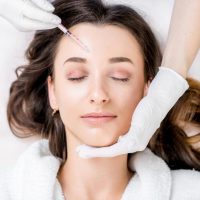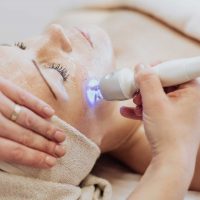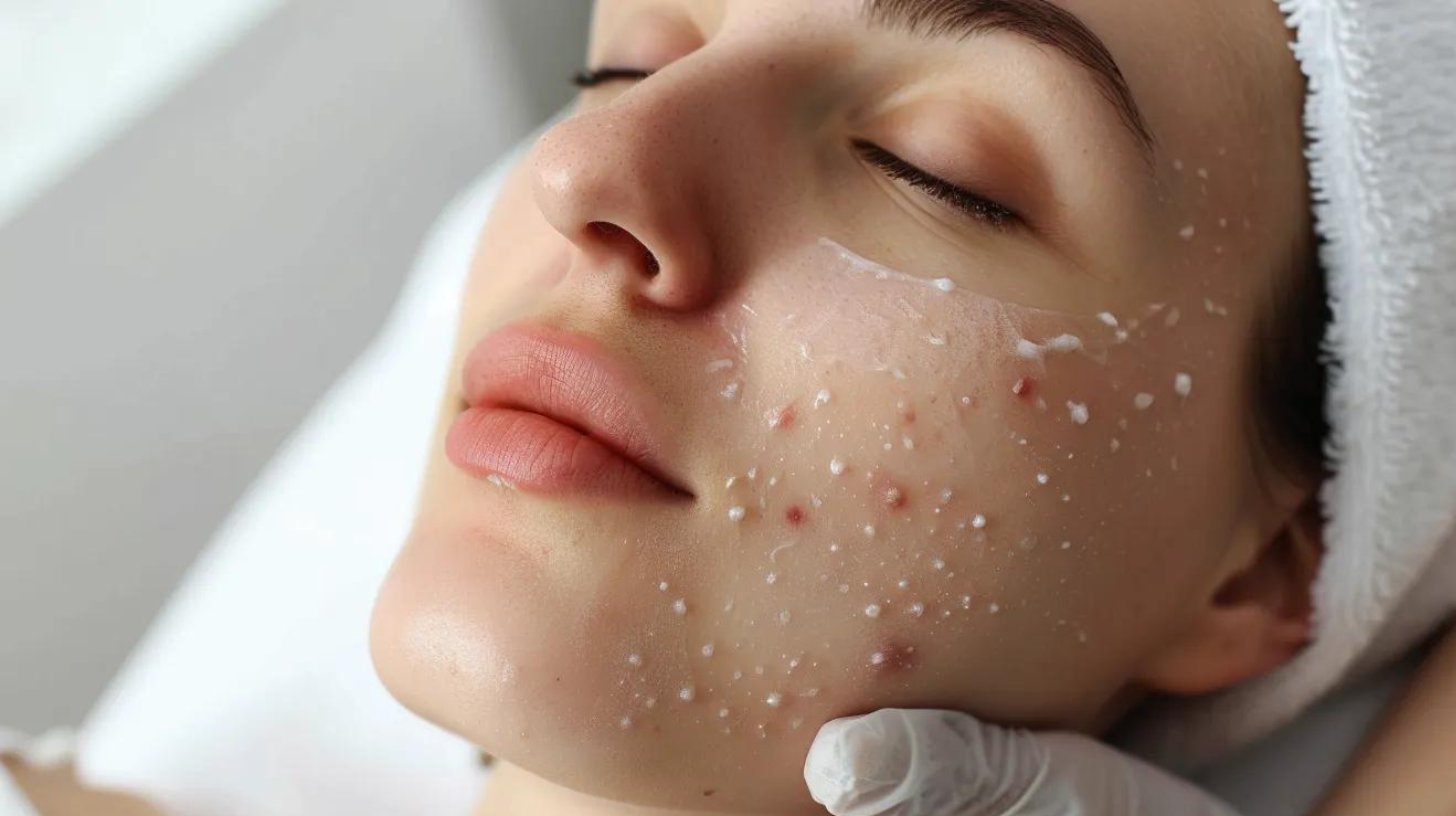The most effective treatment for acne scars depends on scar type and skin condition, but microneedling, laser resurfacing, and chemical peels are top options. Microneedling boosts collagen to smooth indented scars, while lasers resurface damaged skin layers. Chemical peels improve tone and texture. A dermatologist can combine these treatments for faster, more visible scar reduction.
What Causes Acne Scars To Form?
Acne scars form when deep breakouts damage skin layers beneath the surface. Your body heals this damage with collagen protein. Too much collagen creates raised scars. Too little collagen creates depressed scars.
When inflammatory acne penetrates the dermis, it destroys tissue including collagen and fat. The body repairs this damage through wound healing. During this process, new collagen fibers form. These new fibers often have a different texture than original tissue.
Severe cystic acne causes more tissue destruction than mild breakouts. Picking or squeezing pimples increases inflammation and pushes bacteria deeper into skin. This worsens tissue damage and increases scarring risk. Genetics also play a role in how your skin heals.
Atrophic Scars: The Depressed Type
Atrophic scars appear as dents in skin. About 80% to 90% of acne scars fall into this category. These scars have three distinct shapes.
Ice pick scars are deep, narrow holes that extend into skin layers. They resemble puncture wounds from a sharp tool. These scars form from severe cystic acne that destroys tissue in a narrow, deep pattern. They typically appear on the cheeks and upper face.
Boxcar scars are wide depressions with defined edges and flat bottoms. They look like small boxes or craters pressed into skin. These scars develop when inflammatory breakouts destroy collagen in a broader area. Boxcar scars vary in depth from shallow to deep.
Rolling scars create wave-like indentations that give skin an uneven texture. Fibrous bands of tissue form beneath the skin surface, pulling it downward. This creates a rolling appearance across larger areas.
Hypertrophic And Keloid Scars: The Raised Type
Hypertrophic and keloid scars rise above skin level. These scars develop from excess collagen during healing. They appear pink, red, or purple and feel firm to touch. Hypertrophic scars stay within the original wound boundary. Keloid scars grow beyond the initial injury site.
How Do Laser Treatments Fix Acne Scars?
Laser treatments use focused light energy to remove damaged skin and trigger collagen production. The light penetrates skin layers, vaporizes scar tissue, and signals cells to create new collagen. This process smooths texture and reduces scar depth.
Lasers work through selective photothermolysis. Different wavelengths target specific chromophores in skin tissue. When laser energy hits water molecules in skin, it creates controlled thermal injury. This injury removes damaged tissue and triggers healing responses.
The body responds by ramping up collagen production. Fibroblast cells activate and begin producing fresh collagen and elastin. This new structural tissue fills in depressed areas and smooths skin texture.
CO2 Fractional Laser Results
CO2 lasers deliver wavelengths at 10,600 nanometers. This wavelength targets water in skin tissue with precision. Heat removes damaged cells layer by layer and stimulates deep collagen growth. The fractional approach treats columns of tissue while leaving surrounding areas intact.
Research from tertiary care hospitals shows significant results. Patient scar scores decreased from 3.43 to 1.83 after treatment. The improvement rate reached 68.4% for mild to moderate scars.
Treatment requires three to six sessions spaced six weeks apart. Skin appears red for three to 14 days after each session. Complete healing occurs within two to four weeks. Results become visible after the final session as collagen remodeling reaches completion.
Ourlaser skin resurfacingservice treats boxcar scars, shallow ice pick scars, and rolling scars with precision techniques.
Non-Ablative Laser Benefits
Non-ablative lasers work below skin surface without removing outer layers. Studies document improvement rates of 26% to 50%. These lasers cause less tissue damage and shorter recovery periods.
Non-ablative lasers use wavelengths between 1,320 and 1,927 nanometers. These wavelengths penetrate dermis without ablating epidermis. The laser heats dermal tissue to stimulate collagen production.
Redness lasts one to three days instead of weeks. Most patients return to normal activities within 24 hours. The tradeoff involves more treatment sessions and milder results. Patients typically need six to eight sessions for optimal outcomes.
Post-inflammatory hyperpigmentation occurs less frequently with non-ablative lasers. Studies show pigmentation issues affect up to 13% of non-ablative patients versus 92.3% of ablative patients. This makes non-ablative lasers safer for darker skin tones.
Does Microneedling Work For Acne Scars?
Microneedling reduces acne scars by 50% to 70% through a series of treatments. Tiny needles create controlled micro-injuries in skin. This triggers collagen and elastin production, which fills depressed areas over time.
A systematic review of 33 studies shows consistent improvement across 1,057 patients. Many studies report high satisfaction levels. The treatment works for ice pick, boxcar, and rolling scars.
The mechanism involves creating thousands of microscopic channels in skin. Each needle puncture triggers a healing cascade. Cytokines and growth factors flood the area. Fibroblasts activate and begin producing collagen and elastin.
Ourexosome microneedlingcombines needle therapy with regenerative growth factors for enhanced results.
Standard Microneedling Treatment Protocol
Treatment requires three to six sessions scheduled four weeks apart. Each session lasts 30 to 60 minutes including numbing time. Providers apply topical anesthetic 30 to 45 minutes before treatment.
During treatment, the provider moves a needle device across treatment areas. Needle depth adjusts based on scar type and location. Needle lengths range from 0.5 millimeters to 3.0 millimeters.
Minor redness appears immediately after treatment and lasts one to three days. Some people experience mild swelling that resolves within 24 hours. Most patients return to normal activities the next day.
Full results appear after 6 to 12 months as collagen production peaks. Pain levels average 1.08 out of 10 on standard scales. The treatment remains safe across all Fitzpatrick skin types.
RF Microneedling Advantages
Radiofrequency microneedling adds heat energy through needles. Heat penetrates deeper layers and amplifies collagen response. Studies suggest results match laser treatments with reduced downtime.
RF microneedling delivers radiofrequency energy directly into dermis through insulated needles. The needles protect epidermis while heating dermal tissue. This creates controlled thermal zones that extend beyond the needle channels.
Ourradio frequency microneedlingservice delivers targeted thermal energy for comprehensive scar improvement.
What Strength Chemical Peel Treats Acne Scars?
Medium-depth chemical peels using 20% to 35% trichloroacetic acid (TCA) effectively treat acne scars. These peels remove damaged skin layers and stimulate collagen formation. Stronger concentrations reach deeper dermis layers where scars form.
Chemical peels work through protein coagulation. Acid denatures keratin and collagen in treated areas. This causes the treated tissue to die and eventually slough off. New tissue grows to replace damaged layers.
Different acids penetrate to different depths. Glycolic acid primarily affects the epidermis. TCA reaches into the papillary dermis with medium concentrations. Most acne scars respond well to medium-depth peels with multiple sessions.
TCA Peel Effectiveness Data
A split-face study compared 30% TCA with 70% glycolic acid. TCA reduced scar scores from 13.20 to 6.83. Patients reported moderate to marked improvement across all scar types.
Studies show TCA peeling combined with dermasanding produces cumulative benefits. Initial TCA application reduces scar severity by 13.8%. Subsequent dermabrasion sessions add 33% to 40% additional reduction.
Multiple sessions produce better results than single treatments. Patients typically undergo four to six peels spaced four weeks apart. Each session builds on previous improvements.
Ourchemical peelsservice uses medical-grade formulations for optimal scar improvement.
TCA CROSS Technique For Deep Scars
TCA CROSS applies high-concentration acid at 70% to 100% directly into individual scars. This method treats ice pick and deep boxcar scars that resist other treatments.
The provider uses a wooden applicator or toothpick to deposit acid into each scar. The acid stays localized rather than spreading across skin. This allows treatment of deep scars without affecting surrounding tissue.
The acid causes immediate protein coagulation visible as white frost. Over days, the treated tissue forms a scab. The scab falls off naturally within one week. New tissue begins forming beneath the scab during healing.
Most patients need three to six CROSS sessions. Sessions space four to six weeks apart for tissue recovery. Studies demonstrate TCA CROSS improves ice pick scar appearance significantly.
OurBioRePeeloffers an alternative approach to traditional peels with specific formulations.
How Long Do Dermal Fillers Last In Acne Scars?
Hyaluronic acid fillers last six to 12 months, while Bellafill lasts up to 12 months or longer for acne scars. Fillers immediately plump depressed areas by adding volume beneath skin surface.
Fillers work by mechanically elevating depressed scar tissue. The injected material fills space beneath scars, raising them to match surrounding skin level. This creates immediate visible improvement.
Hyaluronic Acid Fillers
Hyaluronic acid fillers like Restylane and Juvederm cost $500 to $800 per syringe. These fillers attract water molecules through hygroscopic properties. Each gram of hyaluronic acid binds approximately 1,000 times its weight in water.
The body gradually breaks down hyaluronic acid through enzymatic processes. Metabolic rate, injection depth, and movement in treated areas affect longevity. Results fade as body absorbs the material.
OurRestylaneservice treats rolling and boxcar scars with proven formulations.
Bellafill For Long-Term Results
Bellafill contains 80% bovine collagen and 20% polymethyl methacrylate (PMMA) microspheres. FDA approval covers acne scar treatment specifically since 2015. PMMA beads remain in skin after collagen absorbs, providing structural support.
The collagen component provides immediate volume and lift. The body absorbs this collagen over several months through normal metabolic processes. PMMA microspheres persist indefinitely in tissue. These smooth beads measure 30 to 50 microns in diameter.
Cost ranges from $700 to $1,800 per syringe depending on geographic location and provider experience. The higher upfront cost balances against longer duration. Patients require fewer touch-up treatments compared to temporary fillers.
OurJuvedermandRevanesse Versaoptions provide additional choices for different scar types.
Sculptra’s Collagen-Boosting Approach
Sculptra uses poly-L-lactic acid to stimulate gradual collagen production. Results develop over two to four months as natural collagen replaces injected material. This filler works differently than volume-based options by triggering biological responses.
The treatment requires two to four sessions spaced four to six weeks apart. Each session builds collagen gradually without overcorrection risks. Results last 18 to 24 months as deposited collagen persists.
OurSculptraandRadiesseservices offer biostimulatory options.
What Does Subcision Do For Acne Scars?
Subcision breaks fibrous bands under skin that tether scars downward. A needle releases these bands through controlled cutting motions. Freed tissue rises as space beneath fills with new collagen and blood.
The procedure begins with marking scars and administering local anesthesia. The provider inserts a special needle called a Nokor needle through skin adjacent to the scar. The needle advances under the scar in the subcutaneous tissue plane.
Sweeping back-and-forth motions cut through fibrous bands holding skin down. The provider feels resistance as the needle encounters bands. Release of these bands allows immediate tissue elevation. The created space fills with blood, forming a hematoma.
This hematoma organizes over weeks into collagen. The new collagen maintains skin elevation achieved during the procedure. Some scar improvement appears immediately while full results develop gradually.
Ideal Candidates For Subcision
Subcision treats scars that don’t flatten when you stretch surrounding skin. Rolling scars respond particularly well to this mechanical release. Deep boxcar scars show improvement when combined with other treatments like fillers or laser therapy.
Bruising lasts one to two weeks as the hematoma resolves. Most people resume normal activities within a few days. Three to six sessions produce optimal results for severe scarring.
Which Treatment Works Best For Each Scar Type?
Ice pick scars respond to TCA CROSS, punch excision, and focused CO2 laser. These narrow, deep scars require concentrated treatments that reach far into dermis layers.
Treatment Selection By Scar Type
Boxcar scars improve with CO2 fractional laser, medium-depth chemical peels at 20% to 35% TCA, subcision with fillers, and RF microneedling. The defined edges and broader base allow multiple treatment approaches.
Rolling scars need subcision as primary treatment, often combined with dermal fillers, microneedling, or radiofrequency treatments. Breaking the fibrous tethers produces immediate improvement.
Hyperpigmentation marks that aren’t true scars respond to glycolic acid peels, salicylic acid peels, vitamin C serums, and professional treatments. These color changes fade with consistent exfoliation and brightening agents.
Studies show combination therapy produces superior outcomes. One trial found 95% of patients improved by at least one grade after subcision plus microneedling.
Ourskin tighteningtreatments complement scar therapy by improving overall texture.
How Much Does Acne Scar Treatment Cost?
Treatment costs range from $150 per chemical peel session to $3,000 per CO2 laser session. Total investment depends on scar severity, number of sessions, and treatment type.Insurance rarely covers acne scar treatments because providers classify them as cosmetic procedures. Patients pay out of pocket for most treatments. Many practices offer financing options through medical credit companies.
What Results Can You Expect From Treatment?
Clinical studies document 50% to 70% improvement in acne scar appearance with proper treatment protocols. Complete scar removal remains impossible with current technology. Treatments make scars significantly less visible rather than eliminating them entirely.
Treatment Timeline And Expectations
Week one shows immediate results only with dermal fillers. Other treatments require time for biological processes to unfold. Weeks two to four reveal first signs of microneedling improvement as initial collagen forms.
Months three to six mark peak results for laser treatments. Collagen production reaches maximum during this period. Scars continue improving as tissue remodeling progresses.
Months six to 12 demonstrate final microneedling results as collagen maturation completes. Tissue remodeling reaches its endpoint. Scar appearance stabilizes at improved levels.
Age And Treatment Response
Younger patients see better outcomes across all treatment types. One study found patients aged 25 or younger showed higher improvement rates. Boxcar scars improved 71% versus 44.4% in older patients. Rolling scars improved 46% versus 35.1%. Ice pick scars improved 35.7% versus 16.7%.
Age affects collagen production capacity and tissue repair mechanisms. Collagen content peaks in mid-20s then declines progressively. Treatment timing matters significantly. Treating scars early produces better results than waiting years.
Ourbefore and after galleryshows real patient results across various treatments.
How Do You Prevent New Acne Scars?
Early acne treatment prevents scar formation. Active acne that penetrates deep skin layers causes scarring. Stopping breakouts before they worsen reduces scar risk significantly.
Inflammatory acne produces scars more readily than non-inflammatory types. Cystic acne and nodules penetrate deepest into dermis. Never pick, pop, or squeeze pimples. Manual manipulation pushes bacteria deeper into tissue.
Daily Prevention Strategies
- Apply sunscreen daily with SPF 30 minimum to prevent pigment darkening
- Keep skin moisturized for better healing and barrier function
UV exposure darkens scars through increased melanin production. Sun protection prevents pigment deepening and accelerates natural fading. Hydrated tissue repairs more efficiently than dry skin.
Consult dermatology professionals for persistent acne. Prescription medications control severe breakouts that over-the-counter products cannot manage. Early intervention prevents scarring before it starts.
Our services address concerns related toskin texture and pore problemsbefore permanent damage occurs. Regularfacialsmaintain skin health and prevent breakouts.
Which Side Effects Occur After Treatment?
Common side effects include redness, swelling, bruising, and skin peeling that resolve within one to two weeks. Serious complications occur rarely with proper technique and aftercare.
Redness lasts three to 14 days after laser treatments depending on intensity. Chemical peels cause controlled peeling for five to seven days. Microneedling produces one to three days of redness. Swelling affects treated areas for 24 to 72 hours.
Infection affects less than 5% of patients when sterile technique fails. Permanent scarring occurs when tissue damage exceeds healing capacity. Pigmentation changes affect darker skin tones more frequently.
Studies document pigmentation issues in up to 44% of laser patients. Non-ablative lasers cause pigmentation problems in only 13% of cases. Proper patient selection and pre-treatment preparation reduce complications.
What Preparation Does Treatment Require?
Stop using retinol products two to four weeks before treatment. Retinoids thin skin and increase sensitivity to peels, lasers, and needles. Proper preparation improves results and reduces complications.
Discontinue retinol, tretinoin, adapalene, and other vitamin A derivatives for the full recommended period. Avoid sun exposure and tanning beds for minimum four weeks before scheduled treatments.
Additional preparations include stopping blood-thinning medications with doctor approval. Stay hydrated in weeks leading to treatment. Well-hydrated tissue heals faster with fewer complications.
Darker skin types may need pre-treatment with hydroquinone or other lightening agents. These products reduce melanin production before treatment. The preparation period lasts four to six weeks.
Post-Treatment Care
Clean skin gently with mild cleanser recommended by provider. Apply recommended moisturizers to maintain hydration and barrier function. Use SPF 30+ sunscreen daily without exception.
Avoid makeup for 24 hours after treatment or longer for aggressive procedures. Skip exercise for 24 to 48 hours after treatment. Stay away from hot tubs, saunas, and swimming pools during healing.
Ourdermaplaningservice offers gentle exfoliation that complements acne scar treatments.
Should You Combine Multiple Treatments?
Combination therapy often produces better results than single treatments. Different modalities target various aspects of scar tissue, collagen production, and skin texture simultaneously.
Subcision plus TCA CROSS plus microneedling creates a powerful three-pronged approach. Studies show 95%+ patient improvement with this combination. Subcision releases tethered tissue first. TCA CROSS rebuilds collagen in deep scars. Microneedling smooths surface texture last.
Fractional CO2 laser combined with chemical peel addresses scars comprehensively. Lasers treat deeper scar tissue with focused energy. Peels refine surface texture and reduce pigmentation.
Microneedling plus platelet-rich plasma (PRP) enhances healing responses. PRP contains concentrated growth factors from patient’s own blood. These growth factors amplify microneedling’s collagen-stimulating effects.
What Other Treatments Support Scar Improvement?
Additional treatments complement primary acne scar therapy by improving overall skin quality. Microdermabrasion gently exfoliates surface scars using fine crystals or diamond tips. Ourmicrodermabrasionservice provides professional exfoliation.
Aqua facial technology combines cleansing, exfoliation, and hydration in one treatment. OurAqua Facialservice deep cleans and hydrates.
PDO thread lifts provide mechanical skin tightening through inserted sutures. OurPDO Threadsservice lifts and tightens.
Peptide therapy delivers amino acid chains that signal cellular processes. Ourpeptide therapyenhances natural healing.
Frequently Asked Questions
Can Acne Scars Be Completely Removed?
Complete acne scar removal remains impossible with current technology. Treatments can reduce scar appearance by 50% to 70%, making them significantly less visible. No treatment eliminates scars entirely, but modern methods create substantial improvements that restore smoother skin texture.
How Many Sessions Does Acne Scar Treatment Require?
Most acne scar treatments require three to six sessions spaced four to six weeks apart. Laser treatments typically need three to four sessions. Microneedling requires three to six sessions. Chemical peels often need four to six applications. Severe scarring may require additional sessions for optimal results.
Which Acne Scar Treatment Has The Least Downtime?
Microneedling has the least downtime among effective acne scar treatments. Redness lasts one to three days after microneedling. Most patients return to normal activities within 24 hours. Non-ablative lasers also offer minimal downtime with one to three days of mild redness.
Do Acne Scar Treatments Work On Dark Skin?
Microneedling and RF microneedling work safely on dark skin tones. These treatments carry minimal risk of pigmentation changes across all Fitzpatrick skin types. Laser treatments and chemical peels require extra caution for darker skin. Proper patient selection and pre-treatment preparation reduce complication risks for people with darker complexions.
How Long Before I See Results From Acne Scar Treatment?
Initial improvements appear within two to four weeks after treatment begins. Full results develop over six to 12 months as collagen production peaks and tissue remodeling completes. Dermal fillers show immediate results. Laser treatments reach peak improvement at three to six months. Patience remains essential for achieving optimal outcomes.
Final Thoughts
Modern acne scar treatments produce significant, measurable improvements when applied correctly. Laser resurfacing leads effectiveness rankings based on clinical evidence. Microneedling and chemical peels offer proven alternatives with different risk-benefit profiles. Treatment choice depends on scar type, skin tone, budget, and recovery capacity.
Multiple sessions produce optimal results across all treatment types. Most patients need three to six treatments spaced four to six weeks apart. Results develop gradually over months as new collagen forms and tissue remodels. Patience during the treatment course leads to better outcomes.
Early intervention produces superior results compared to treating old scars. Younger scars respond more favorably to therapeutic interventions. Your collagen production capacity peaks in mid-20s then declines. Treating scars early takes advantage of robust healing responses.
Combination approaches often exceed single-treatment results. Strategic sequencing of multiple modalities addresses scars comprehensively. Different treatments target various aspects of scar pathology. The synergistic effects create improvements beyond individual treatments.
Request a consultationat Slimming Solutions Med Spa. Our trained team examines your specific scars and creates treatment plans matching your needs and budget.



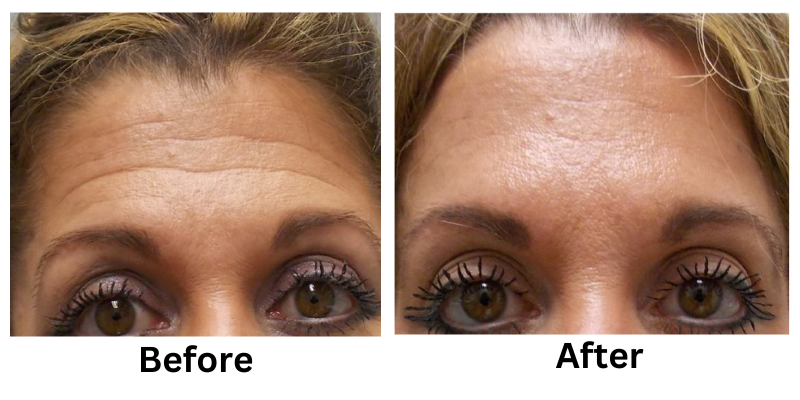
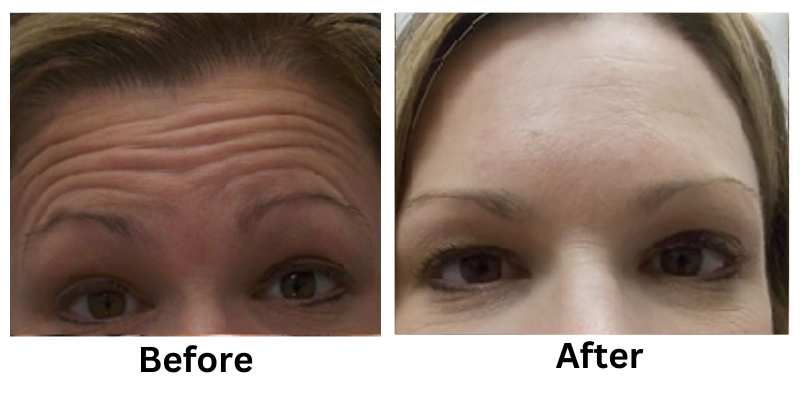
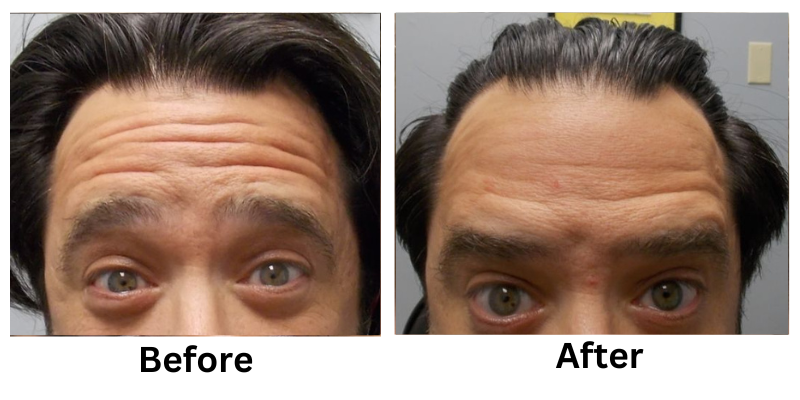
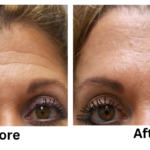
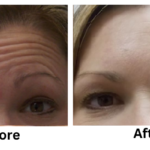
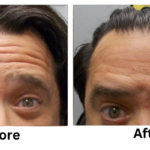
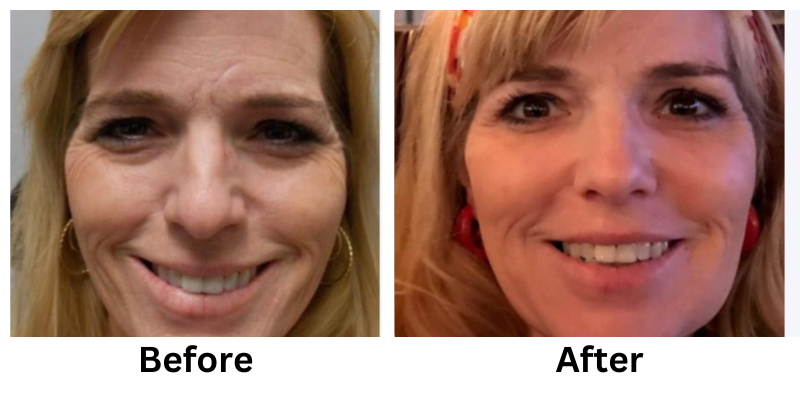

![[thumb]](https://slimmingsolutionsspa.com/wp-content/uploads/2023/12/Liquid-face-150x150.png)
![[thumb]](https://slimmingsolutionsspa.com/wp-content/uploads/2023/12/Liquid-face-1-150x150.png)
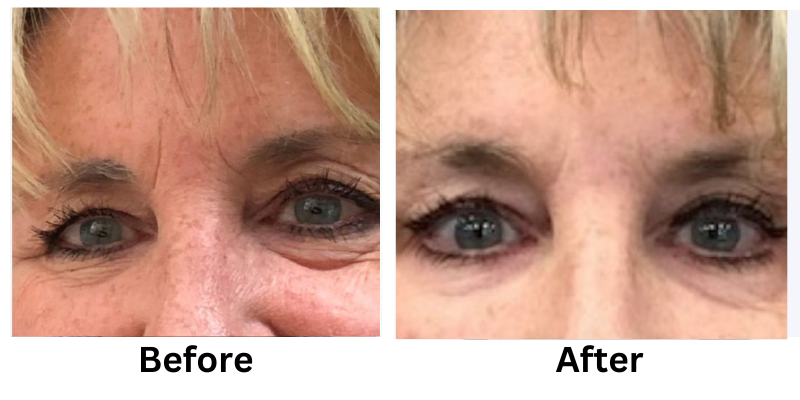
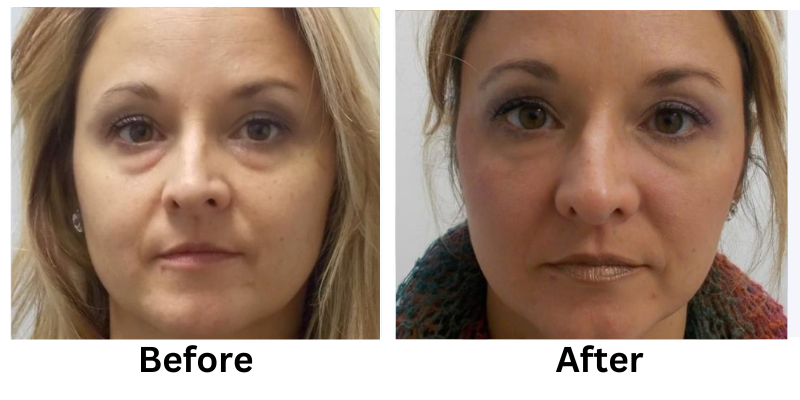
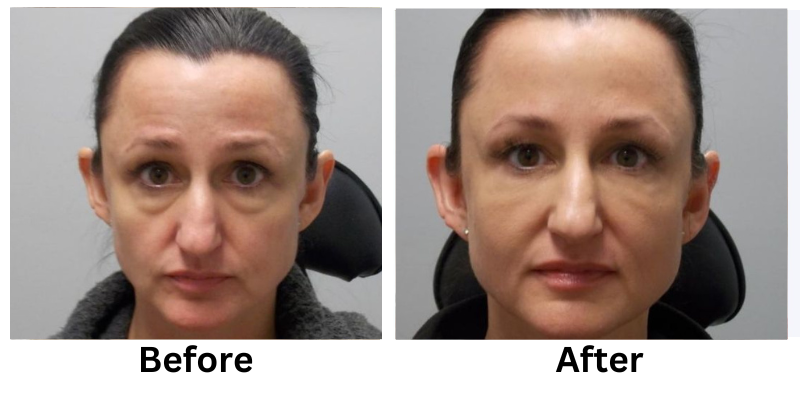
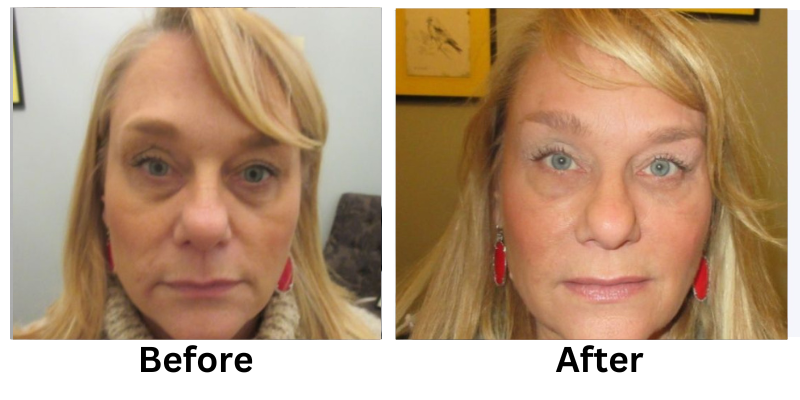


![[thumb]](https://slimmingsolutionsspa.com/wp-content/uploads/2023/12/revanesse-versa-1-150x150.png)
![[thumb]](https://slimmingsolutionsspa.com/wp-content/uploads/2023/12/revanesse-versa-2-150x150.png)
![[thumb]](https://slimmingsolutionsspa.com/wp-content/uploads/2023/12/revanesse-versa-3-150x150.png)
![[thumb]](https://slimmingsolutionsspa.com/wp-content/uploads/2023/12/revanesse-versa-4-150x150.png)
![[thumb]](https://slimmingsolutionsspa.com/wp-content/uploads/2023/12/revanesse-versa-5-150x150.png)
![[thumb]](https://slimmingsolutionsspa.com/wp-content/uploads/2024/01/Eyebrow-treatment-1-1-150x150.png)
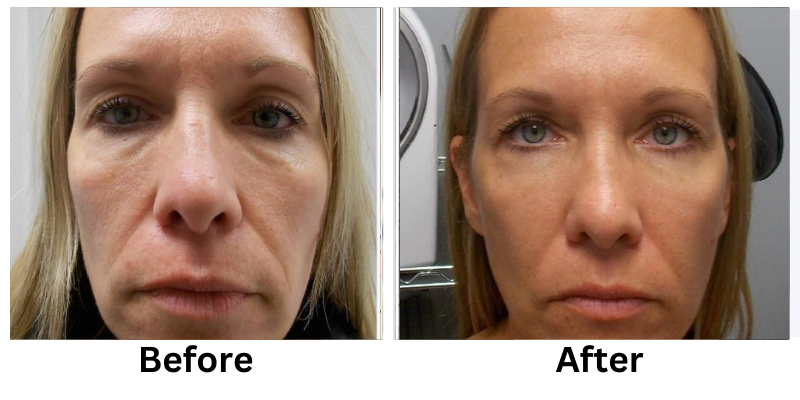
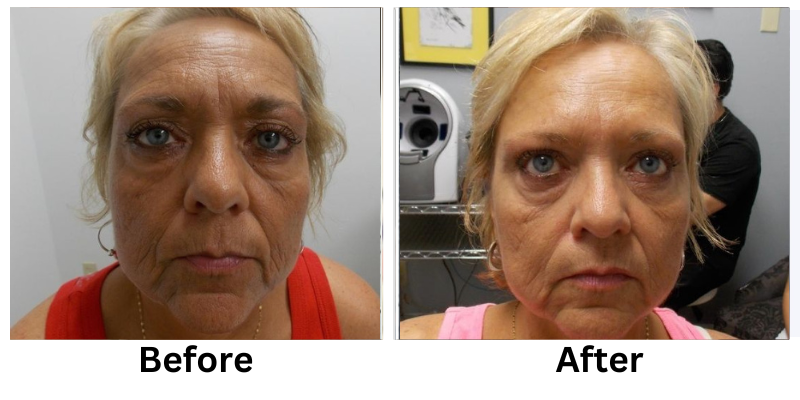
![[thumb]](https://slimmingsolutionsspa.com/wp-content/uploads/2023/12/Skin-Rejuvenation-1-150x150.png)
![[thumb]](https://slimmingsolutionsspa.com/wp-content/uploads/2023/12/Skin-Rejuvenation-2-150x150.png)


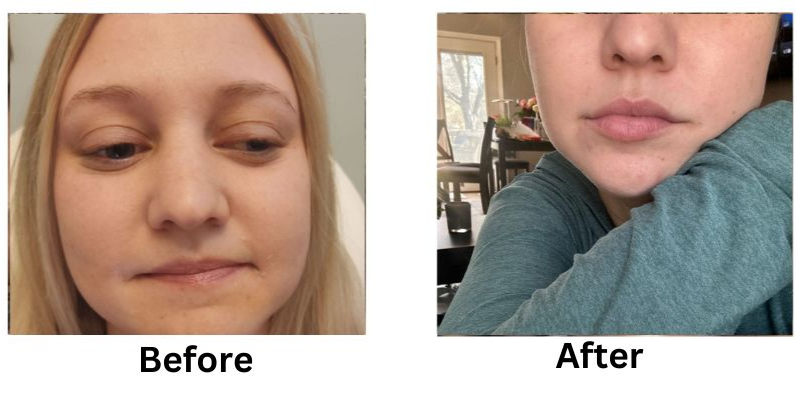
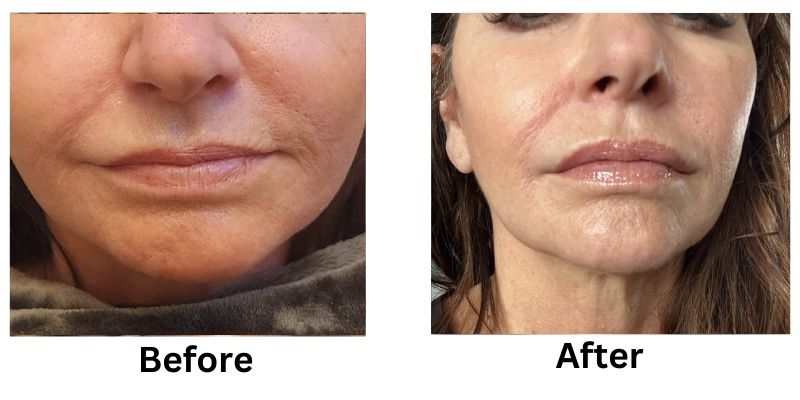
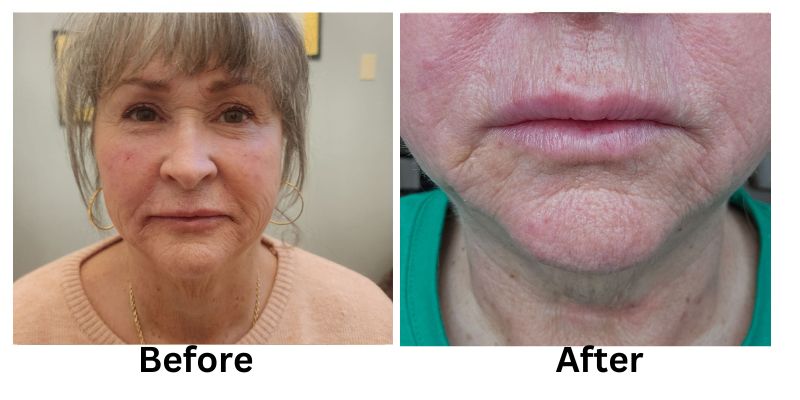
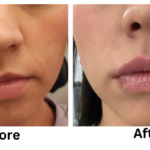
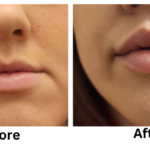

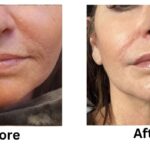
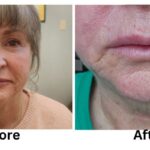
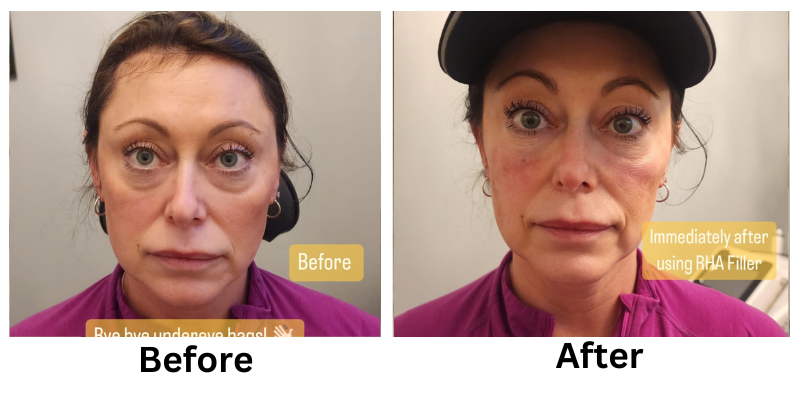
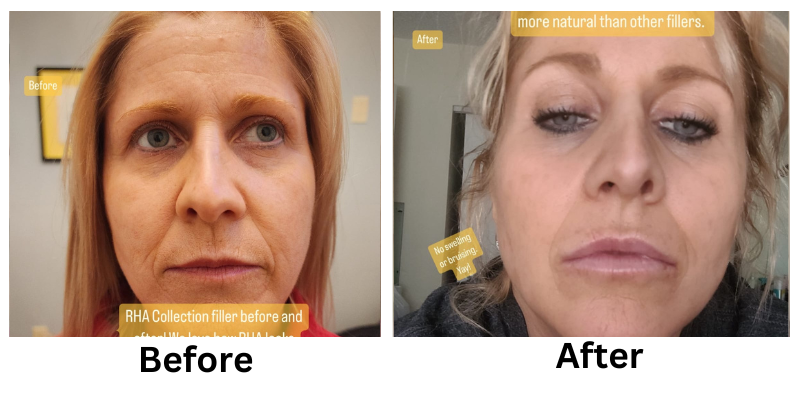

![[thumb]](https://slimmingsolutionsspa.com/wp-content/uploads/2024/01/RHA-Treatmetn-3-150x150.png)
![[thumb]](https://slimmingsolutionsspa.com/wp-content/uploads/2024/01/RHA-Treatmetn-2-150x150.png)
![[thumb]](https://slimmingsolutionsspa.com/wp-content/uploads/2024/01/RHA-Treatmetn-1-150x150.png)
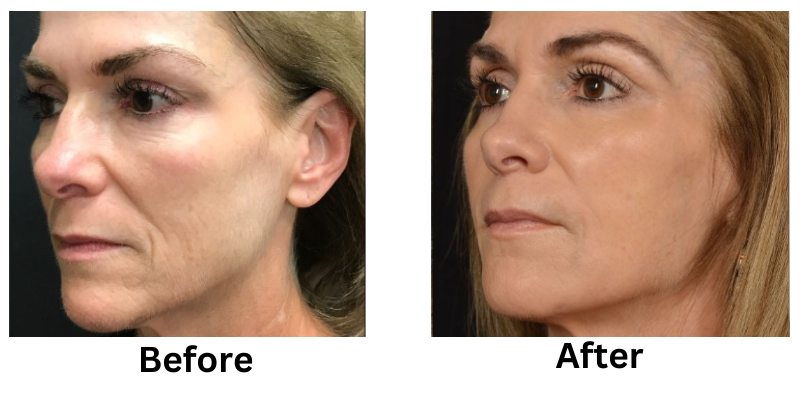
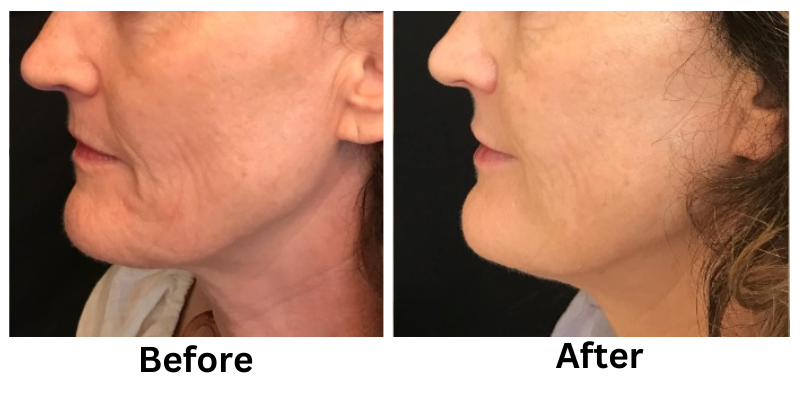
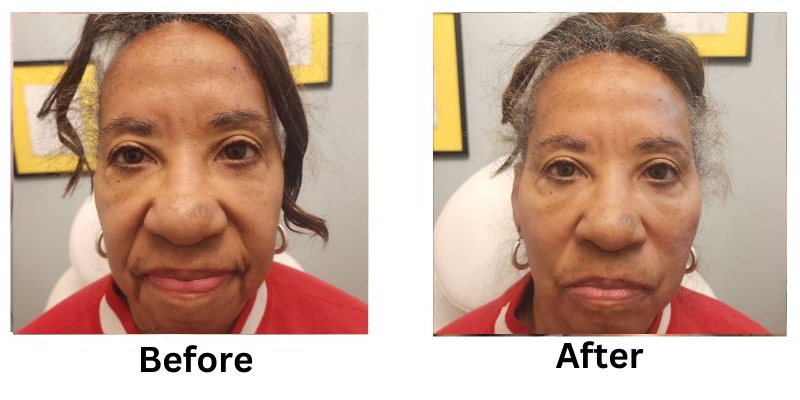
![[thumb]](https://slimmingsolutionsspa.com/wp-content/uploads/2024/01/Thread-Lifts-1-150x150.png)
![[thumb]](https://slimmingsolutionsspa.com/wp-content/uploads/2024/01/Thread-Lifts-2-150x150.png)
![[thumb]](https://slimmingsolutionsspa.com/wp-content/uploads/2025/02/Lip-Filler-2-150x150.png)
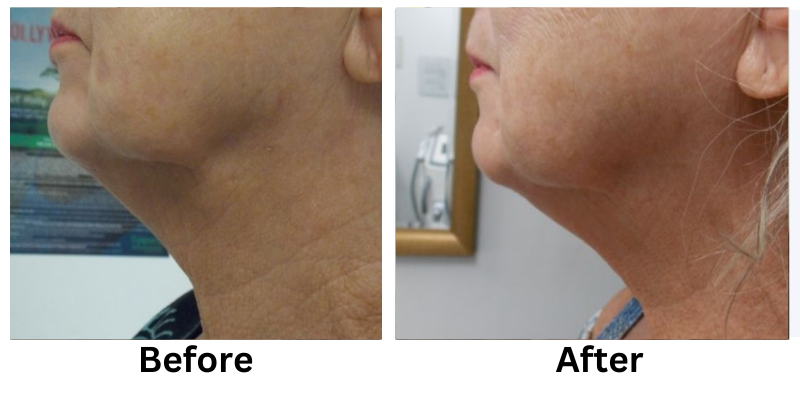
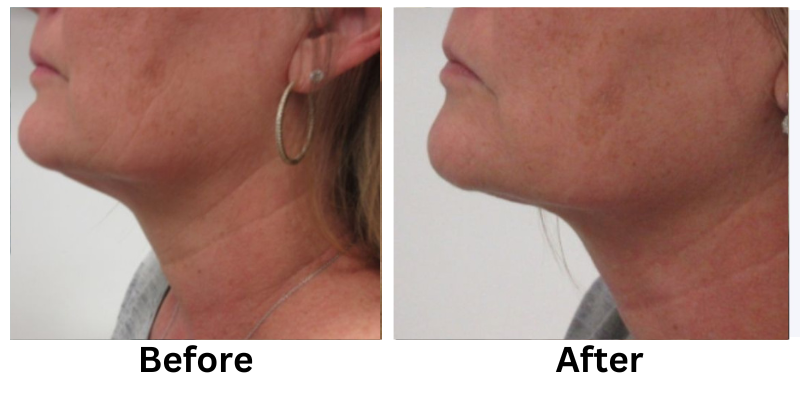

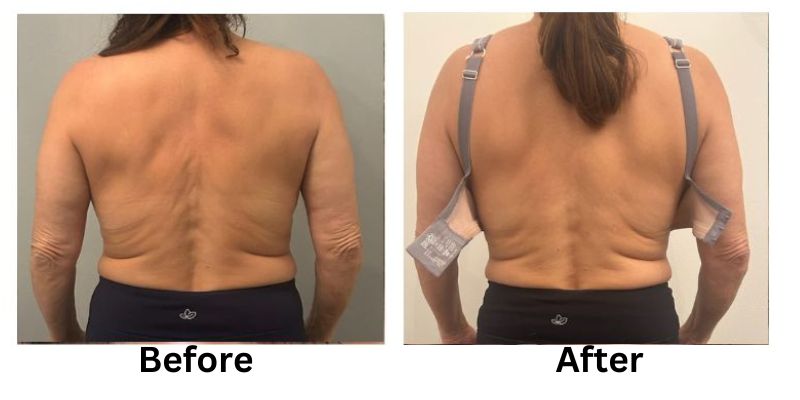
![[thumb]](https://slimmingsolutionsspa.com/wp-content/uploads/2023/12/skin-reuvulation1-150x150.png)
![[thumb]](https://slimmingsolutionsspa.com/wp-content/uploads/2023/12/skin-rejuvulation-2-150x150.png)
![[thumb]](https://slimmingsolutionsspa.com/wp-content/uploads/2023/12/Skin-Tighting-150x150.png)
![[thumb]](https://slimmingsolutionsspa.com/wp-content/uploads/2023/12/Before-150x150.jpg)
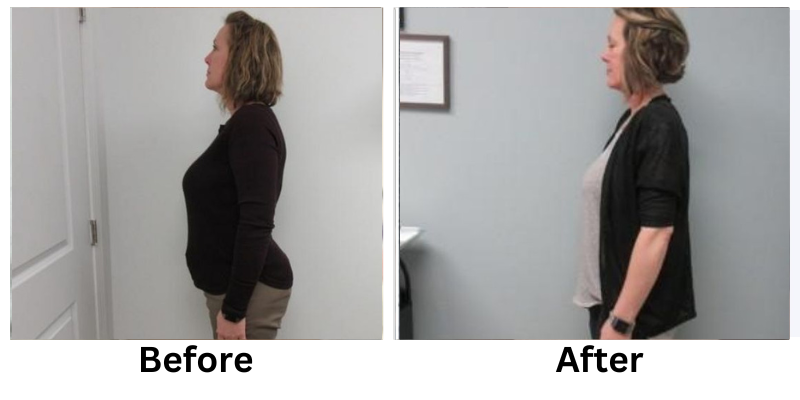
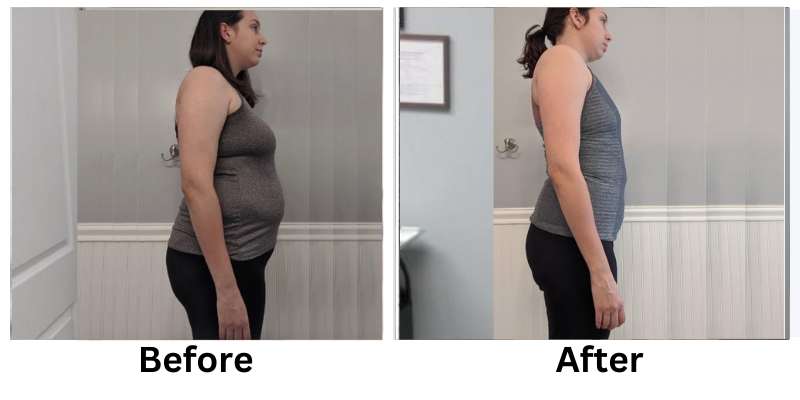
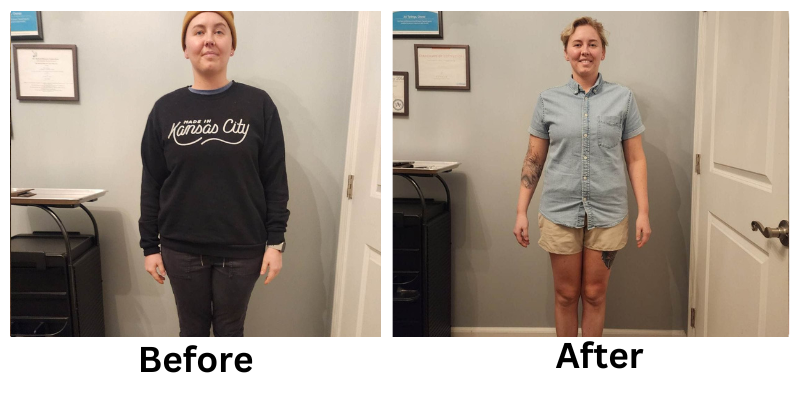
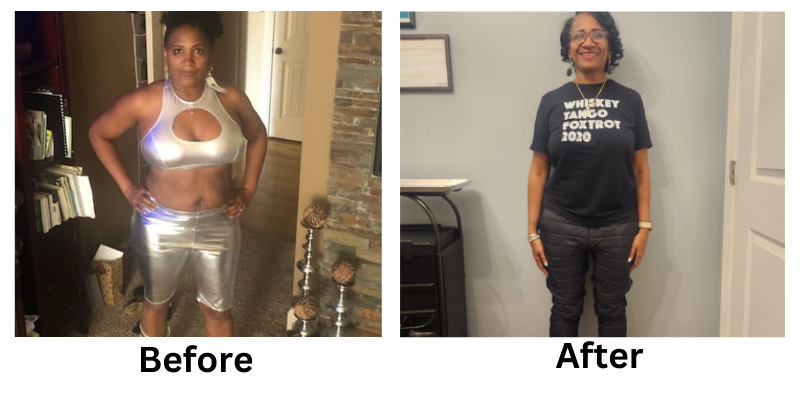
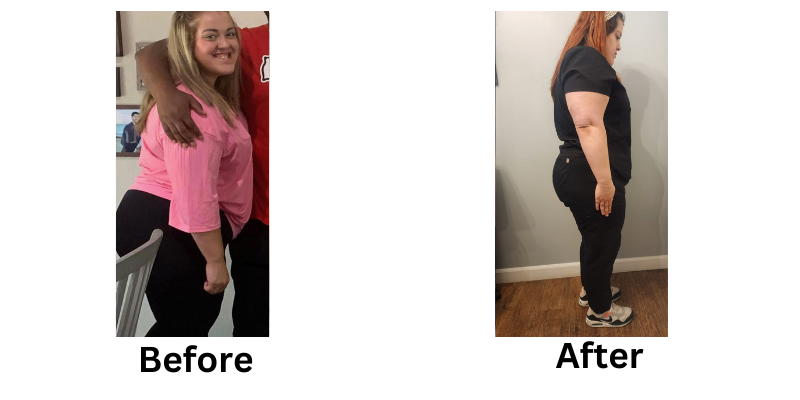
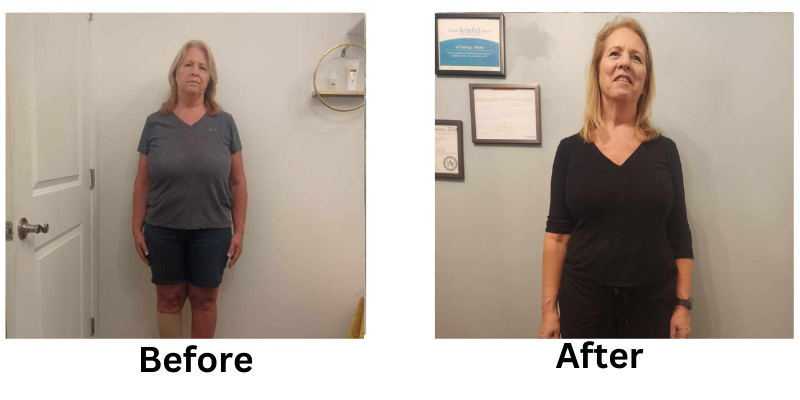
![[thumb]](https://slimmingsolutionsspa.com/wp-content/uploads/2023/12/weightloss-1-150x150.png)
![[thumb]](https://slimmingsolutionsspa.com/wp-content/uploads/2023/12/weightloss-2-150x150.png)
![[thumb]](https://slimmingsolutionsspa.com/wp-content/uploads/2023/12/2Weight-Loss-2-150x150.png)
![[thumb]](https://slimmingsolutionsspa.com/wp-content/uploads/2025/02/Weight-Loss-1-new-150x150.png)
![[thumb]](https://slimmingsolutionsspa.com/wp-content/uploads/2023/12/Weight-Loss-3-150x150.png)
![[thumb]](https://slimmingsolutionsspa.com/wp-content/uploads/2025/03/Slimming-Solutions-BA-Template-150x150.png)

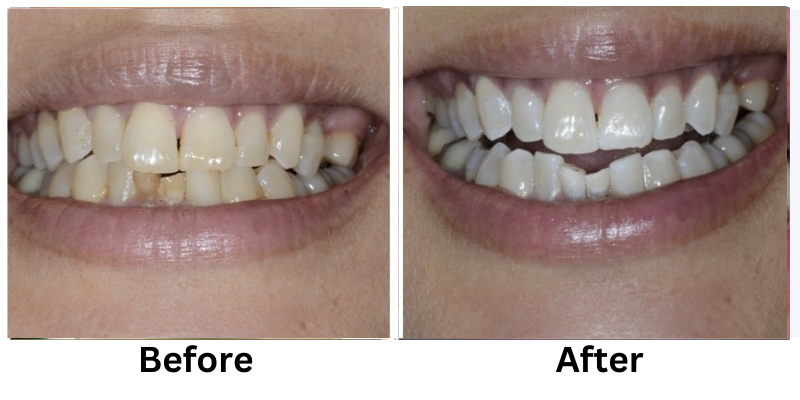
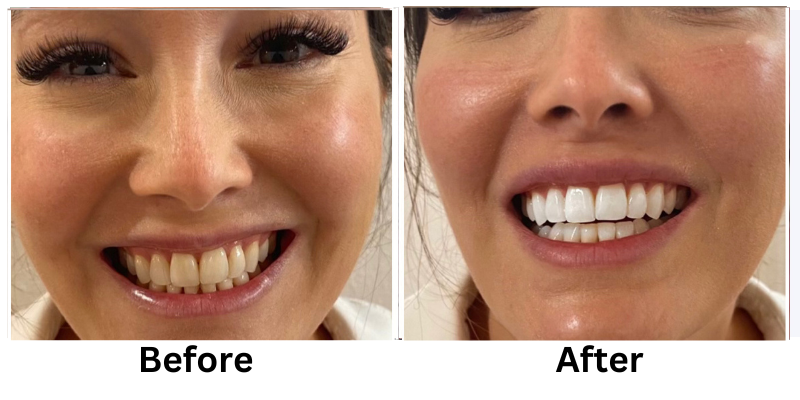

![[thumb]](https://slimmingsolutionsspa.com/wp-content/uploads/2023/12/dat3-150x150.png)
![[thumb]](https://slimmingsolutionsspa.com/wp-content/uploads/2023/12/dat-0-150x150.png)
![[thumb]](https://slimmingsolutionsspa.com/wp-content/uploads/2023/12/dat-1-150x150.png)
![[thumb]](https://slimmingsolutionsspa.com/wp-content/uploads/2023/12/Before-1-150x150.png)
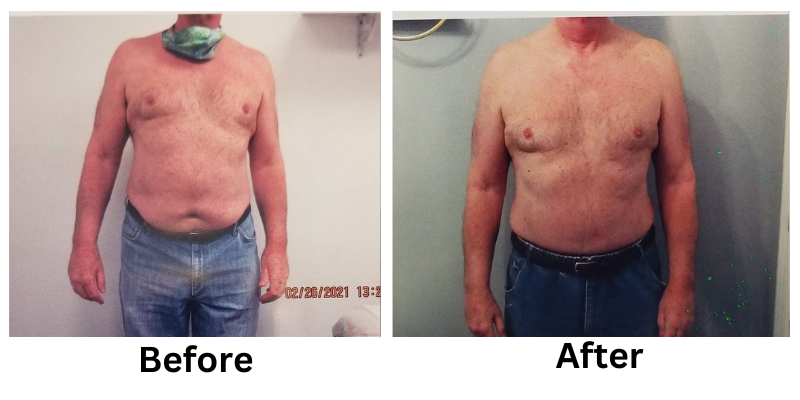

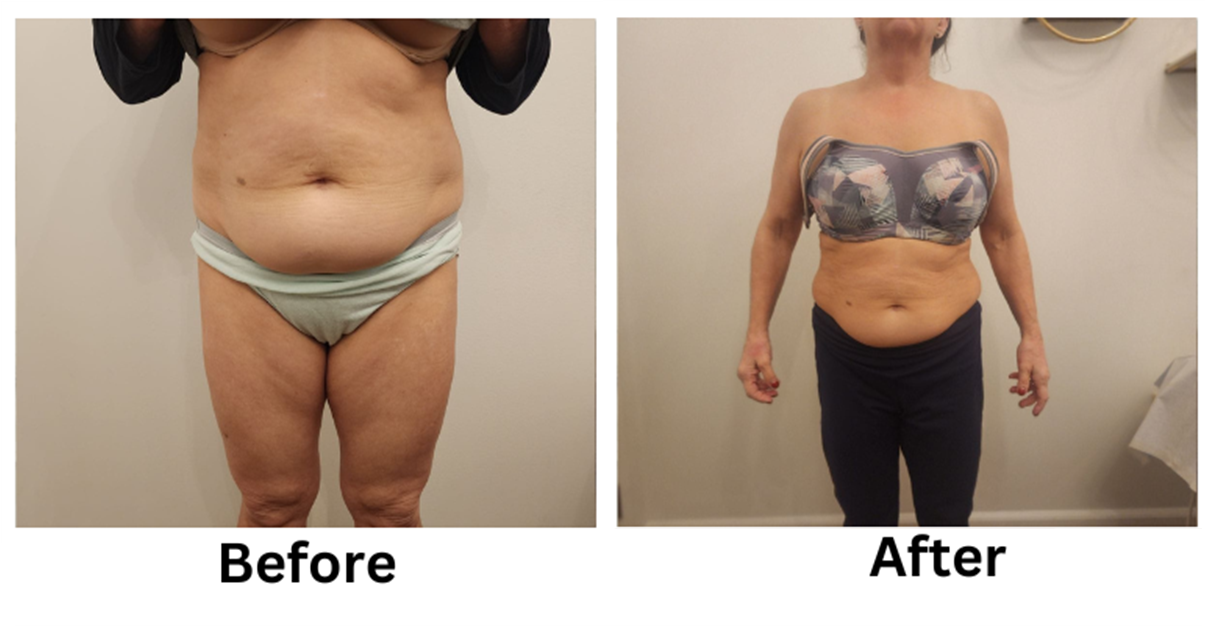
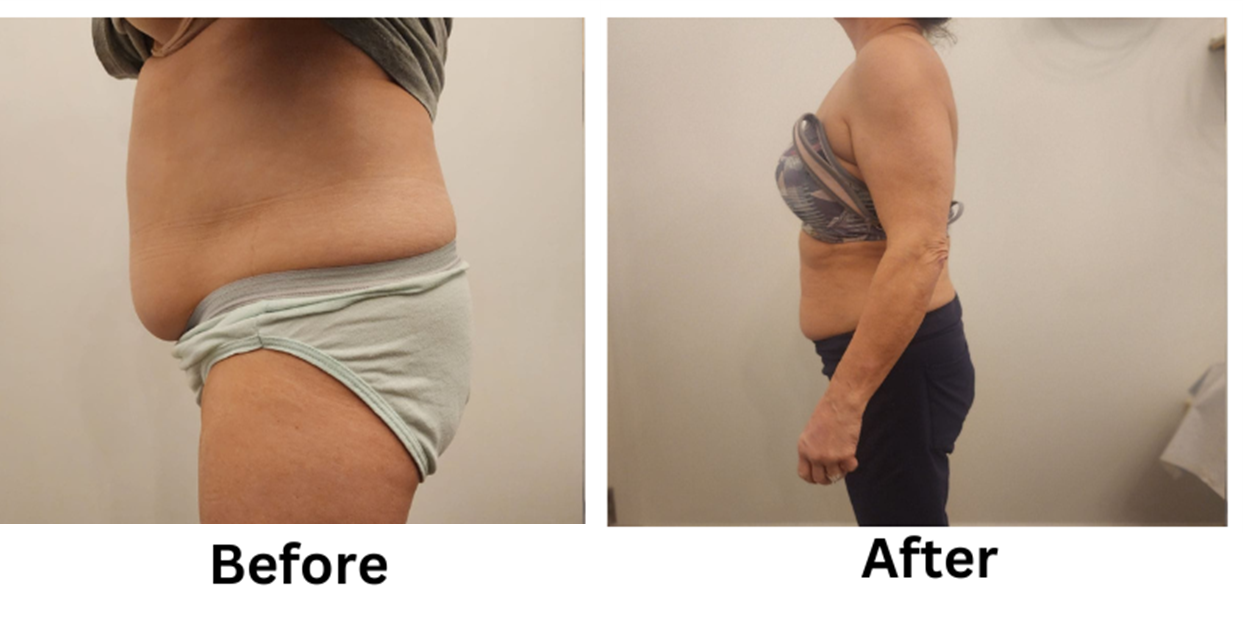
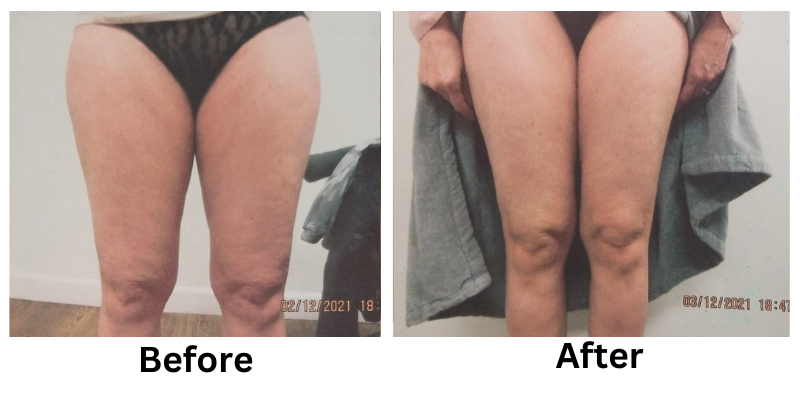
![[thumb]](https://slimmingsolutionsspa.com/wp-content/uploads/2024/01/EMS-Treatment-2-150x150.png)
![[thumb]](https://slimmingsolutionsspa.com/wp-content/uploads/2024/01/EMS-Treatment-1-150x150.png)
![[thumb]](https://slimmingsolutionsspa.com/wp-content/uploads/2025/02/ems-BNA-front-150x150.png)
![[thumb]](https://slimmingsolutionsspa.com/wp-content/uploads/2025/02/EMS-bna-SIDE-150x150.png)
![[thumb]](https://slimmingsolutionsspa.com/wp-content/uploads/2024/01/EMS-Treatment-6-150x150.png)
